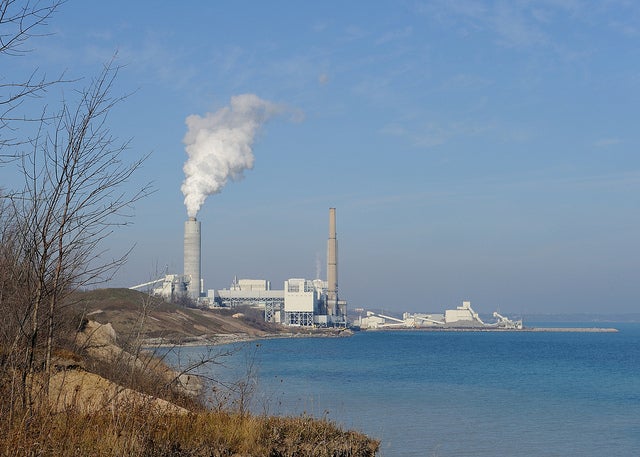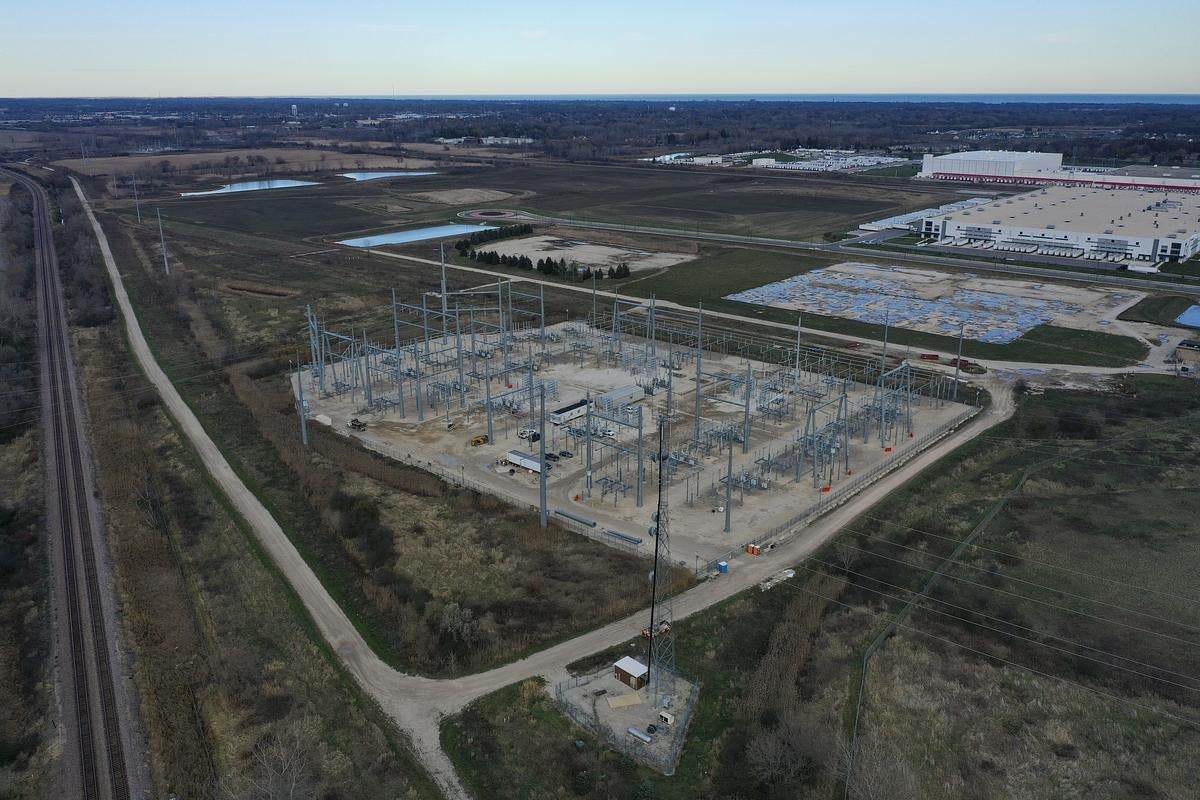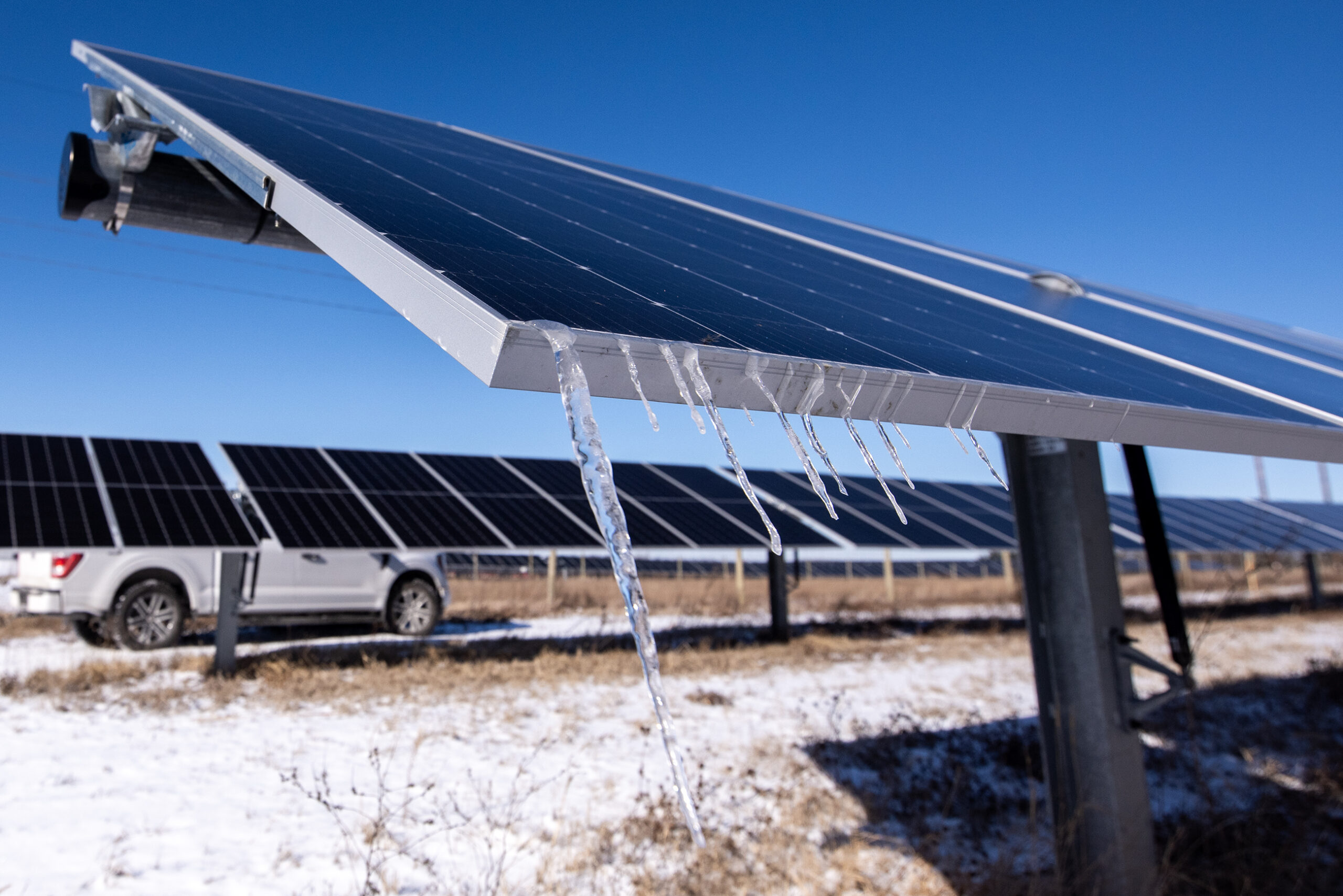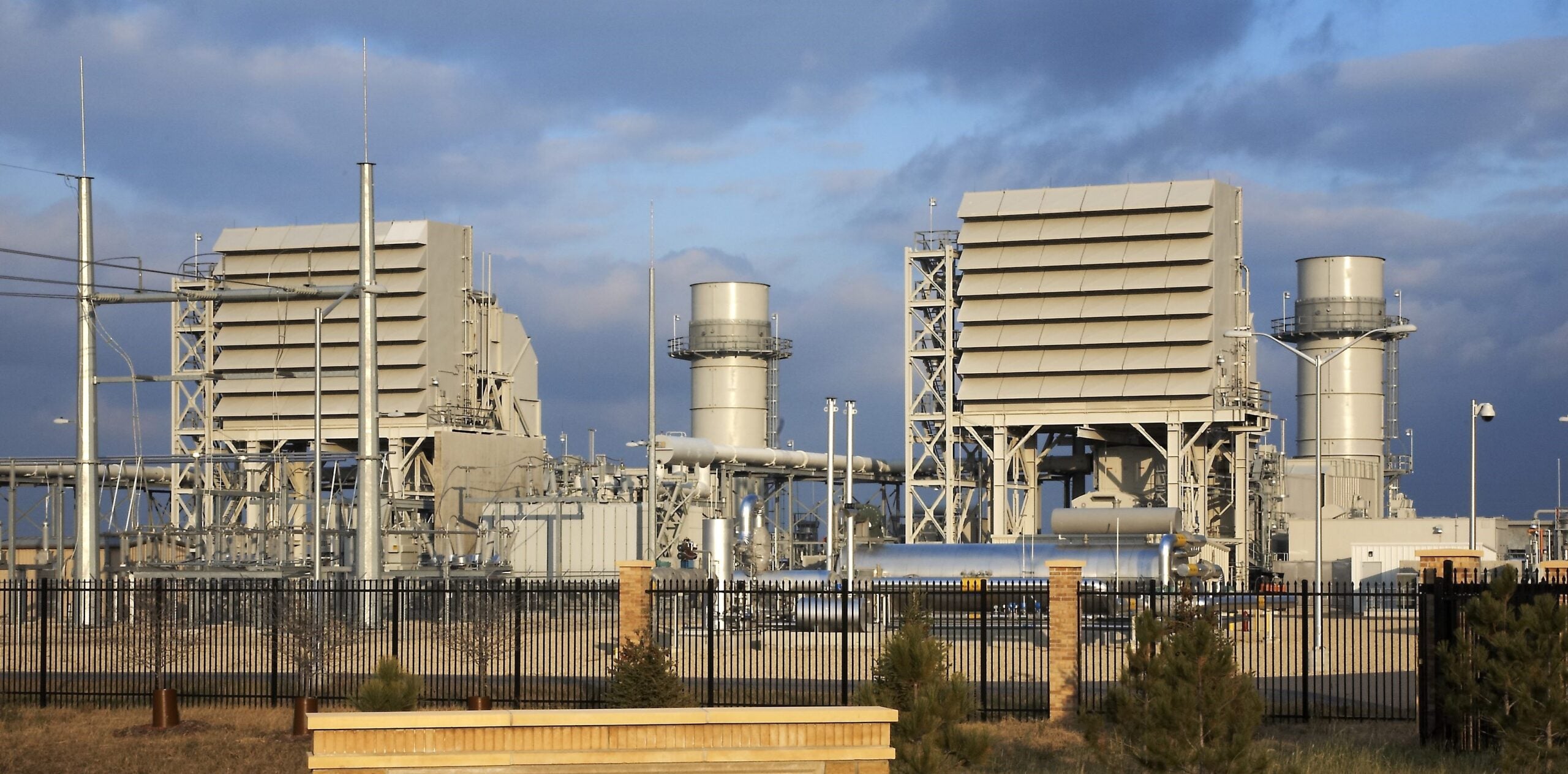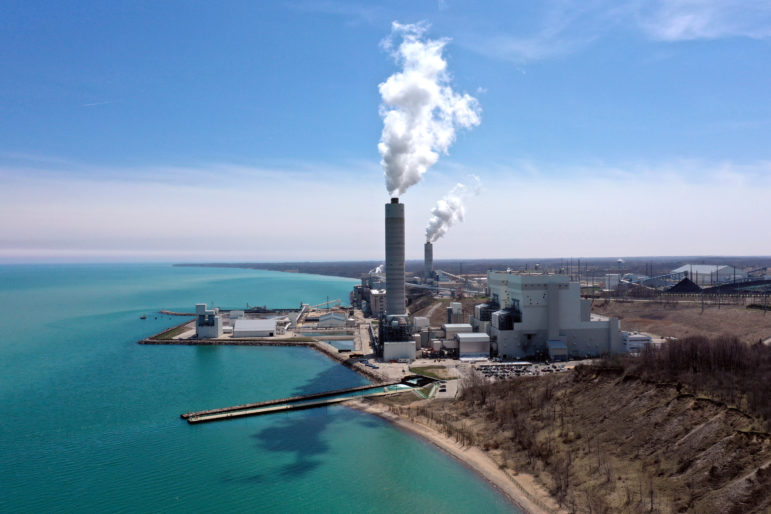We Energies plans to spend $1.2 billion dollars at its Oak Creek Power Plant to convert the facility from a coal-fired power plant to a natural gas plant.
The move has drawn criticism from environmental groups who say the plan goes against the company’s net-zero energy goals.
The utility also plans to spend roughly $200 million to build a liquefied natural gas storage facility in Oak Creek, and $211 million to install gas-fired reciprocating internal combustion engines near the Paris Generating Station in Kenosha County.
News with a little more humanity
WPR’s “Wisconsin Today” newsletter keeps you connected to the state you love without feeling overwhelmed. No paywall. No agenda. No corporate filter.
We Energies anticipates bringing the natural gas operations at Oak Creek online by June 2028, and hopes to have the gas units at the Paris site online by summer 2026, according to a document the utility filed with the Public Service Commission of Wisconsin.
The document estimates the Oak Creek natural gas operations will be able to generate between 1,100 and 1,200 megawatts of power, while the Paris gas units will generate 130 megawatts.
Dan Krueger, executive vice president of We Energies’ parent company, WEC Energy Group, said the natural gas units will primarily serve as backup power sources for times when the utility can’t count on renewable energy resources.
“The key thing to get the zero carbon generation on the system is to make sure we have flexible plants that can step in on very short notice, when there’s too much cloud cover (or) there’s not enough wind,” he said. “In order for us to continue making progress towards CO2 reduction, we have to have these kinds of gas plants as backup.”
Krueger also said the planned investment is in response to new capacity requirements from the Midwest grid operator, a projected increase in electricity demand in southeast Wisconsin and proposed federal regulations on coal plants.
He said Microsoft’s proposed investment in data centers in Mount Pleasant and other industrial developments in that part of the state are driving a projected increase in demand for power. Meanwhile, he says the proposed federal clean air rules require coal plants either retire, be converted to gas or have “expensive equipment” placed on them for alternative generation.
“For our ratepayers in Wisconsin, we looked at all those economics, and by far the best approach for the most part is to repower the (coal) plants to gas,” Krueger said. “This is driven by the pending or proposed clean air rules which would go into effect in 2030.”
But Clean Wisconsin argues building natural gas capacity goes against WEC Energy Group’s stated goal of an 80 percent reduction in carbon emissions from 2005 levels by 2030 and achieving carbon-neutral electric generation by 2050.
Natural gas produces half the carbon emissions of coal plants, but natural gas production releases methane, which has more than 80 times the warming power of carbon dioxide over the span of two decades.
Brett Korte, an attorney with Clean Wisconsin, called methane a “climate killer” that contributes to pollution and negative human health impacts.
“It isn’t just about the utilities and their generation portfolio,” he said. “It’s about whether Wisconsin is going to meet its climate goals, and anyone who cares about seeing that livable future realized should pay close attention to this.”
Krueger with We Energies said estimates on the environmental impacts of natural gas often assume the plant in question is continuously producing energy, which he says is not going to be the case for the gas plants at Oak Creek and Paris.
But Korte said the scale of the utility’s proposal indicates that the new natural gas generation may not be used as a backup power source.
“If they were serious about the renewable transition, there’s way better ways to provide that reliability that we need,” he said. “This kind of investment for a backup generation source, I don’t think that passes the common sense test.”
Korte also said a typical natural gas plant has about a 40- to 50-year lifespan, and he believes customers could be paying for the proposed investments long after they come offline.
“I don’t think the utilities are really proposing these gas plants to help with the new renewable transition,” he said. “I think their primary goal here is to make profits for their shareholders.”
Wisconsin Public Radio, © Copyright 2025, Board of Regents of the University of Wisconsin System and Wisconsin Educational Communications Board.

